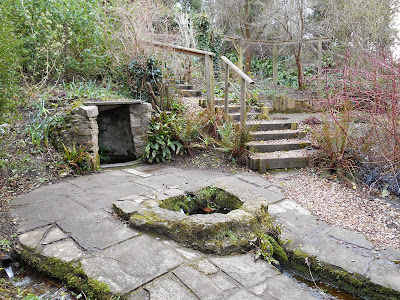The nave and chancel of the Church of the Holy Saviour in Puxton possibly date from the 12th century. Since then the church has been altered and enlarged several times. There is archaeological evidence of a late Saxon and early medieval settlement in Church Field, which is next to the churchyard. This may explain the location of the church.
Puxton takes its name from Robert Pukerel who held land in the area c1176. The place name Pukereleston (Pukerel’s tun or settlement) was first recorded in 1212. The village was probably part of the manor of Banwell or Congresbury at this time.
A tower was built on to the church in the 15th century. Due to the low lying soft ground on which the church is built, over the centuries it has developed a significant westward lean. The lean is clearly shown on a drawing of the church done in 1821.
The earliest feature in the church is the circular font, which may be 12th century or slightly later. The bench seats in the nave date from the 16th century and the box pews are Georgian. The octagonal pulpit and reading desk are Jacobean. There is an inscribed tablet set into the base of the rood screen commemorating Mary Whippey, who died in 1666.
Puxton Church was declared redundant in 2002 and is now cared for by the Churches Conservation Trust. It is a grade 1 listed building.

























